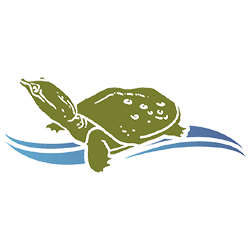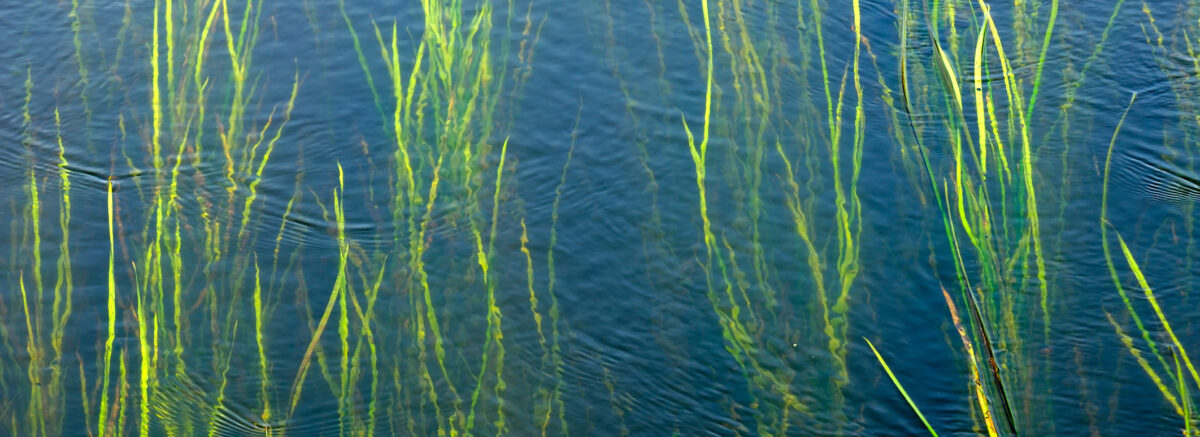It’s not news that Chautauqua Lake and other regional bodies of water struggle with abundant plant growth that interferes with recreation for some. Voices have been raised to eliminate these nuisance, invasive plants.
But is it possible, or even advisable, to attempt to remove all invasive plants in a lake? Yes, if it is a newly-introduced invasive. However, If the plants have been present for decades and are distributed through the lake, the answer is quite the opposite. Some have even gone as far as to suggest the removal of ALL plants, but this would leave a lake essentially void of all life … dead!
Plants make oxygen available for aquatic life, including fish. Fishermen call the plants, the lungs of the lake. Plants pick up nutrients from the water and sediments and they serve as the basis of the food web that ultimately supports such glorious animals as eagles and ospreys. Some of the plants present in our lakes are “native,” which means they belong there and have evolved over time as part of the lake ecosystem. Some plants are “introduced,” which means they don’t naturally occur in the lake but have been brought in from elsewhere. If the introduced plants cause harm in some way, such as out-competing native species or growing uncontrollably leading to management expense, they are referred to as “invasive.”
The two invasive plant species found most often in Chautauqua Lake are Curly-leaf pondweed and Eurasian watermilfoil. Hundreds of thousands of dollars have been spent on herbicides trying to control the growth of these two invasive plants. Yet from 2022 to 2023, the amount of native plants decreased while the number of sites with non-native plants increased.
What is being accomplished? The attempt to remove the labeled “invasive” plants is also removing native plants. Yes, these plants are on the invasive list, but they have been in Chautauqua Lake nearly 100 years! When a plant has been present in an ecosystem for such an extended time it has become part of the ecosystem. This means that there are many other parts of the food web that now depend on its presence. For example, the beds of Curly-leaf pondweed that are so abundant in the lake in late Spring to mid-Summer provide structure within the lake that is important for the ecosystem as a whole. Many fish species depend on such “weed” beds, and that of course makes fishermen very happy! Local economy depends on Chautauqua Lake, and much of that comes from our world-class fishery.
Maintaining balanced plant growth in the lake provides the following and more:
- Habitat for countless life forms.
- Feeding areas for migratory birds.
- Oxygen availability for aquatic life, including fish.
- Plant beds for fish spawning and cover.
- Weed lines important for fishing.
- Temperature regulation within the water.
- Sediment stability
- Decreased nutrient availability for algae and cyanobacteria (blue-green algae), possibly preventing Harmful Algal Blooms (HABs)
If there is a nasty invasive that is difficult to control, chemical treatment may be necessary, but that is typically recommended as a last resort and not a long-term solution. Why? Because there can be unseen damage delivered by chemicals. History has taught us some hard lessons if we pay attention. “Weeds” are simply plants in a place that is undesirable. They are not bad. Quite the contrary. They are good! But keeping that balance is so very important. That can be said for many things, can’t it?

